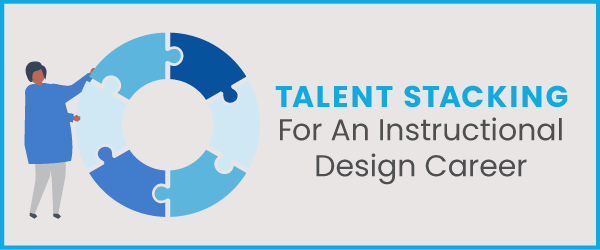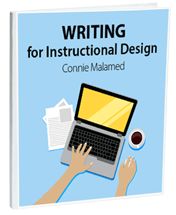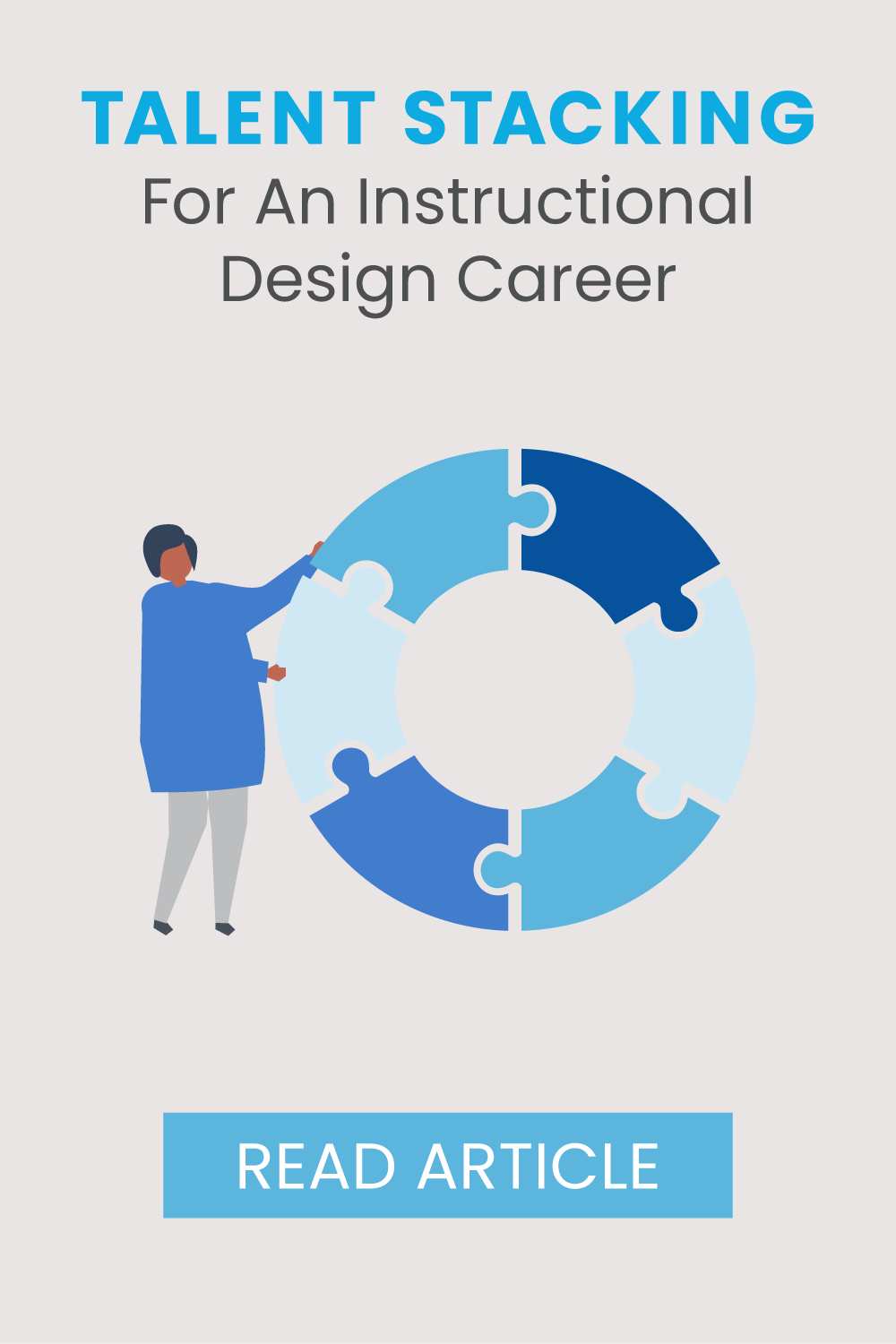
Sometimes an obvious concept takes on a deeper meaning when you see it from a new perspective. For me, talent stacking was one of those ideas.
We all know that being multi-skilled increases your attractiveness to employers. But talent stacking is different.
What is Talent Stacking?
Talent stacking is a strategy for career enhancement. It refers to building competence in many skills that work well together. It involves intentionally building complementary skills to form a distinctive collection of abilities. Talent stacking can make you stand out to employers.
An important aspect of talent stacking is the idea that you only need expertise in some of the skills in your stack. With expertise in one area, being competent in other skills—and continuing to practice—will often suffice. The term was coined by Scott Adams, creator of the Dilbert comic. He points out that he has good enough—but not great—drawing, writing, humor, and marketing skills. To his surprise, these combined into a very successful career as a cartoonist.
Align Your Talent Stack
To take this one step further, talent stacking should be most effective when you align your complementary skills with your talents and interests. Select skills that create a unique combination and help you be a stronger YOU. Also, make your unique talent stack for the career role you’d like to pursue.
This approach may be more valuable than strong expertise in one skill or knowledge domain alone. Your talent stack will differ from the competencies you’ll see for various roles in learning design.
Talent Stacking Doesn’t Work for All Careers
Talent stacking is only the right strategy for some careers. Consider roles that are responsible for the lives of others. We expect and hope that medical professionals, pilots, emergency workers, and parachute packers demonstrate expertise in as many skills as possible.
Sample Talent Stacks
There are no formulaic talent stacks because so much depends on the individual. The following examples of talent stacks for learning design may be helpful.
Example of a Project Management Stack: Communication Emphasis
- Communication. Clearly explains solutions to small (internal) and large (external) audiences
- Leadership. Follows through with a vision
- Creativity. Solves problems to meet changing needs and situations
- Consultation Skills. Understands and balances the needs of varied stakeholders
- Empathy. Demonstrates compassion for individuals and listens well.
- Project Management Tools. Familiarity with PM tools.
- Project Management Processes. Can follow traditional and agile processes
- Business Knowledge. Knows how the organization operates internally and with customers
Example of an Instructional Designer Stack: Writing Emphasis
- Writing. Ability to write clearly for varied styles and formats, including eLearning, scripts, manuals, microcopy and marketing copy. See 10 Types of Writing for eLearning.
- Editing. Quick and efficient editor of other people’s writing.
- Cognitive Science. Knowledge of how people learn and best practices for improving performance.
- Instructional Design. Uses modern instructional design processes and adapts them as needed.
- Consultation Skills. Understands and balances the needs of varied stakeholders.
- Marketing. Knows how to promote courses, engage audiences and motivate.
Example of an Inclusive Designer Stack: Technical Emphasis
- WCAG Guidelines. Up-to-date with current accessibility guidelines.
- Authoring Tools. Knows how to meet the standards (as well as possible) using authoring tools. Can recommend alternative approaches.
- Technical Skills. Can implement with HTML, CSS, JavaScript.
- Assistive Technologies. Experience with various assistive technologies to understand user needs and for testing.
- Design Thinking/Empathy Building Skills. Demonstrates skills needed to interview and understand audience members.
Example of a Developer Stack: Multimedia Emphasis
- Multimedia Tools: Can record and edit audio and video in a variety of formats.
- Works with Voice Talent: Comfortable working with voice actors.
- Visual Design Tools and Concepts. Uses bitmap and vector creation and editing tools. Follows visual design principles. See more Visual Design articles on this site.
- Authoring Tools. Expertise in one or more authoring tools.
- Programming Concepts. Knowledge of basic programming concepts and HTML, CSS, JavaScript.
- UI Design. Creates elegant user interfaces.
Example of a Learning Game Stack: Game Design Emphasis
- Analytical. Plays and analyzes diverse online and board games.
- Game Theory and Mechanics. Applies knowledge of game theory and game mechanics to learning products.
- Storytelling. Develops engaging characters and plot lines relevant to learning.
- Cognitive Science. Knowledge of motivation; how people learn from games.
- Collaborative. Works well in a team environment.
- Development. Experience with game development tools.
Conclusion
Your talent stack makes you exceptional, so you encounter limited job competition. This strategy opens up new ways of thinking about your career. I hope it inspires you to embrace and expand your unique talents and interests.
For a process to identify the skills for your talent stack, see:
- The Best Way to Develop Your Talent Stack and Learn New Skills
- Talent Stack—Or How to Get Paid for Being You.



Leave a Reply